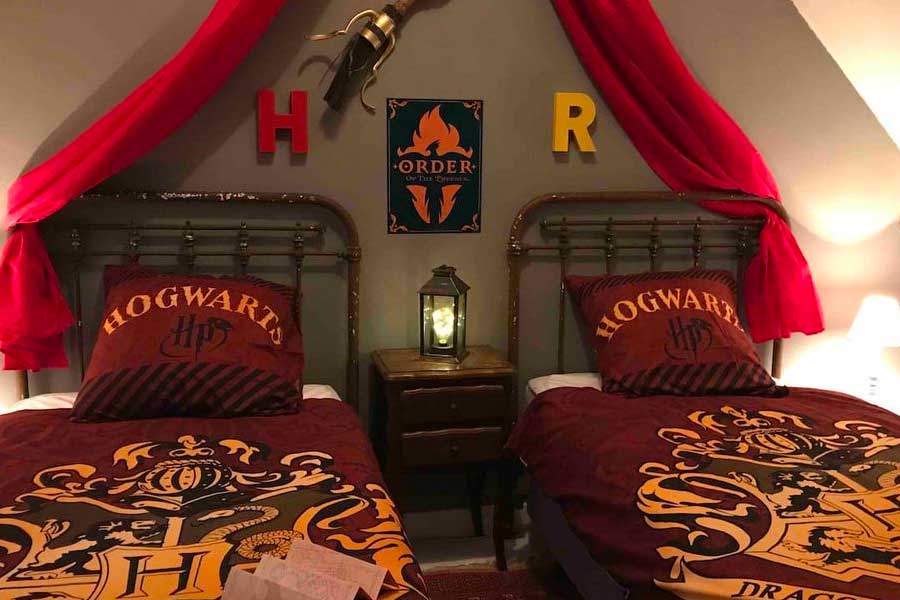
 ©Photo : © Lëtzebuerg City Museum
©Photo : © Lëtzebuerg City Museum
For many centuries, Italy, with its abundance of art and culture and mild climate, has attracted artists from other, particularly northern countries. In the 17th century, these included many Dutch and Flemish artists, several generations of whom travelled to Italian cities and landscapes, preferably Rome and the surrounding countryside, to live and paint there, at least for a time.
From around 1640, some of them specialised in landscape painting, which had been popular as an independent genre since around 1600, including Jan Both (1615/22–1652), Adam Pynacker (1620–1673) and Jan Asselijn (1610–1652). The artists organised themselves into local communities, the best known of which were the Roman “Bentvueghels” (flock of birds). Their member Pieter Bodding van Laer (1599–1642) in turn gathered the group of “Bamboccianti” around him.
After their return to the Netherlands, the “Italians” quickly became successful, because their works stood out from the Dutch, Nordic-cool landscapes or the rather gloomy genre scenes. One example of this is the Utrecht artist Cornelis van Poelenburgh (1594/95–1667), who painted Italianate landscapes with mythological, pastoral or biblical scenes. The artists also influenced colleagues such as Nicolaes Berchem (1620–1683) and Jan Wijnants (1631/32–1684), who, without ever having been to Italy, adopted the new style.
This exhibition offers a rare opportunity to see works by all the main representatives of the (long-neglected) Dutch Italianate school in relation to one another. The paintings are part of a private collection in Luxembourg and have never been exhibited in public before.